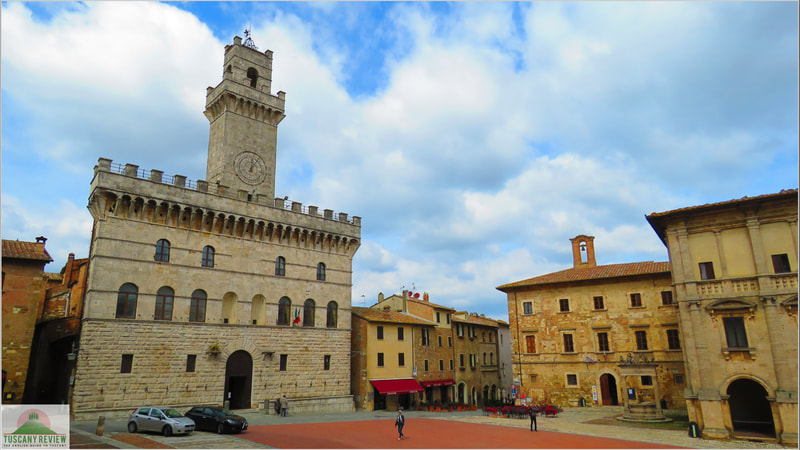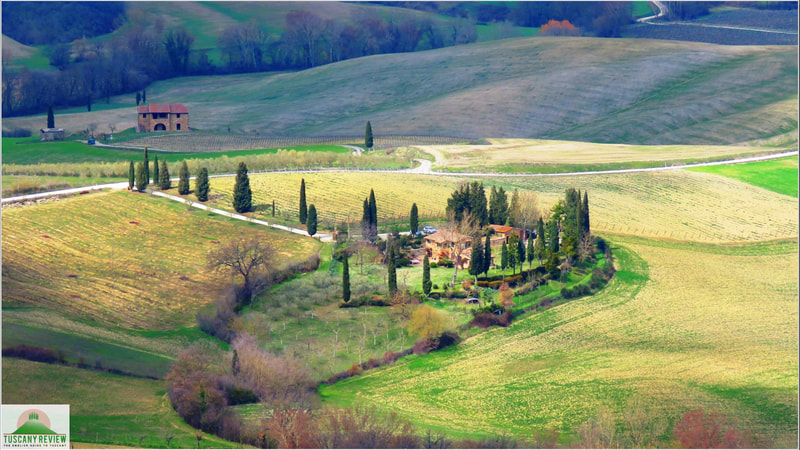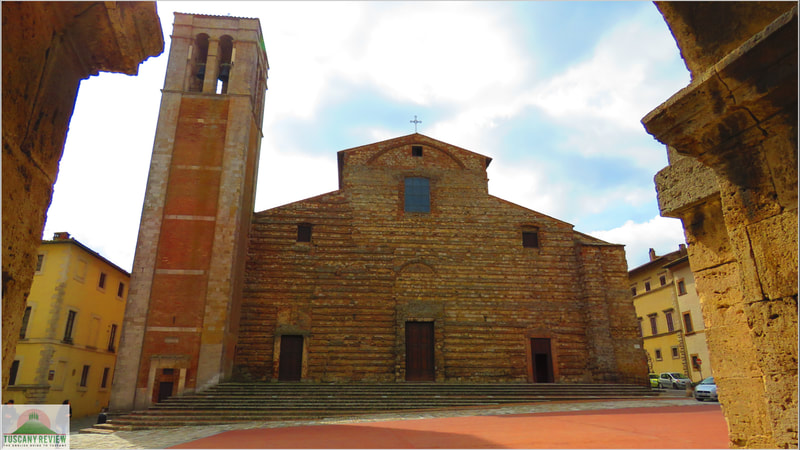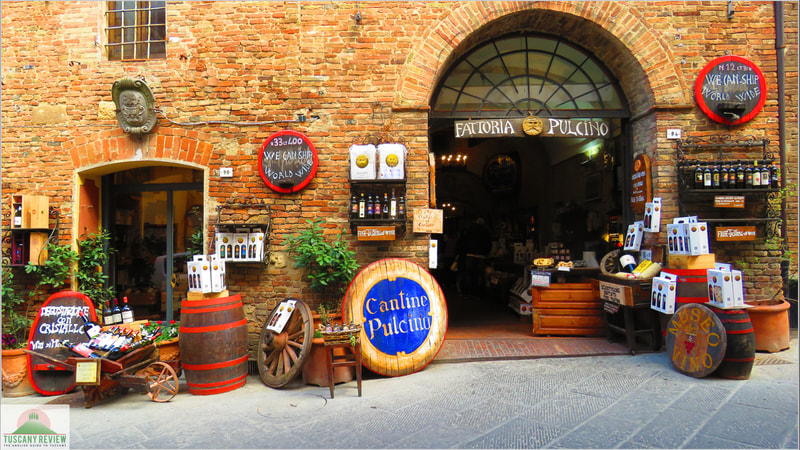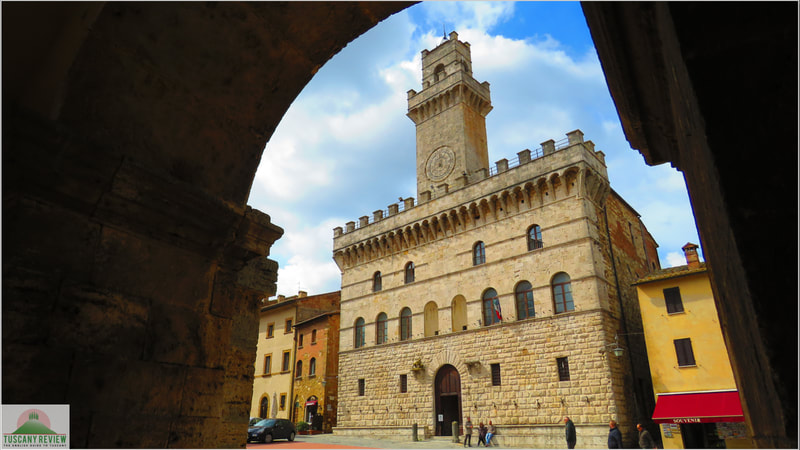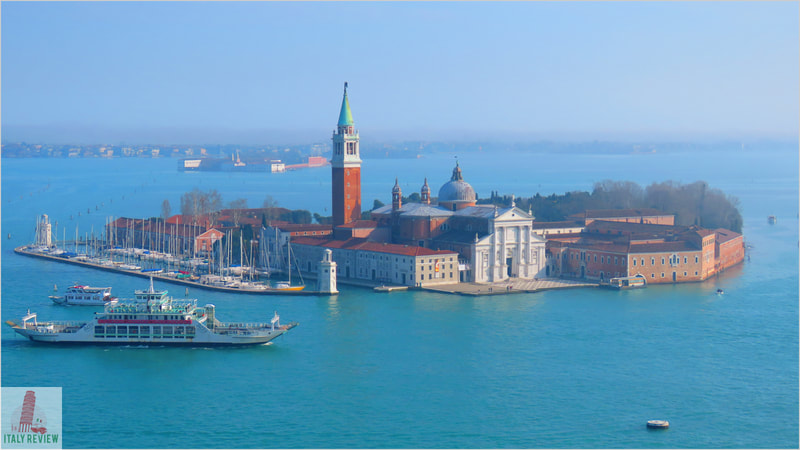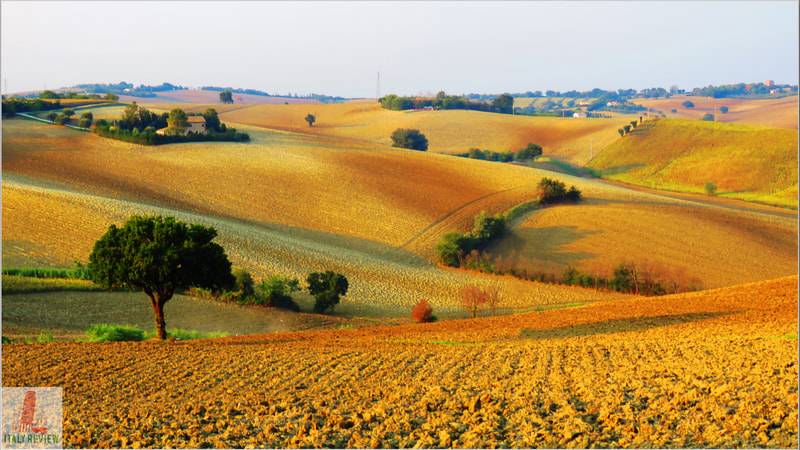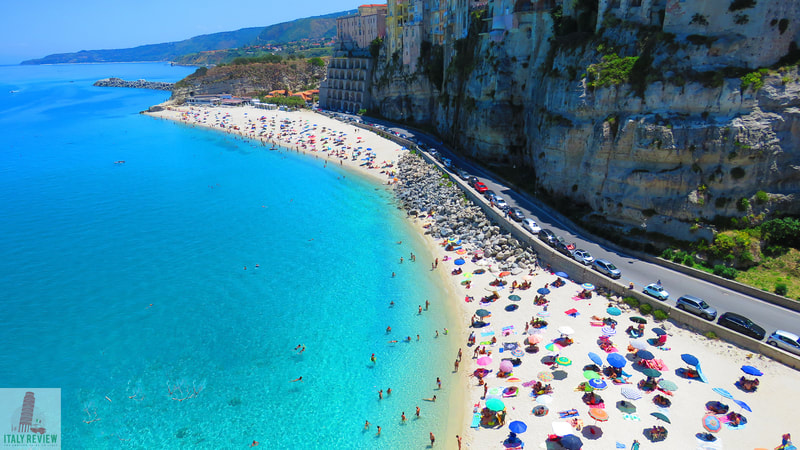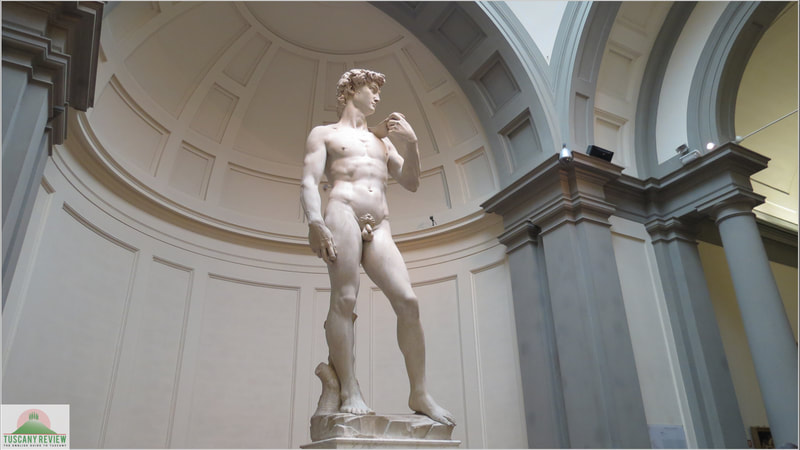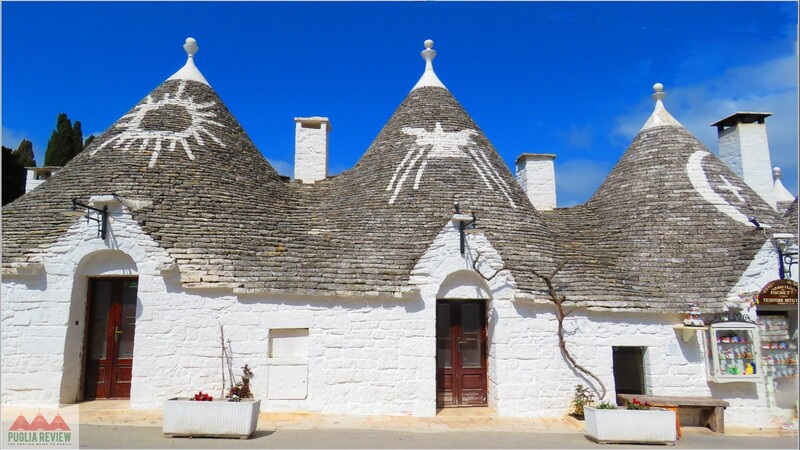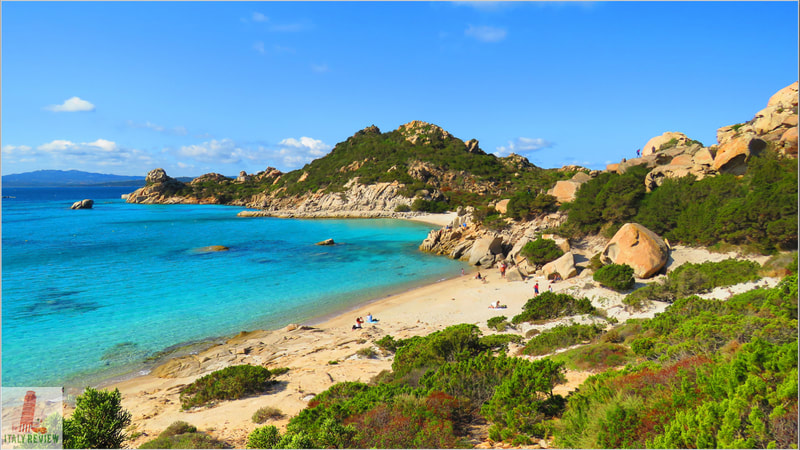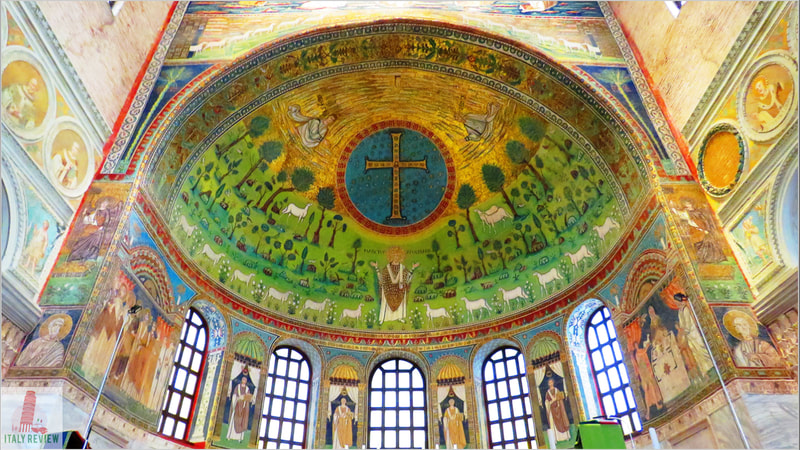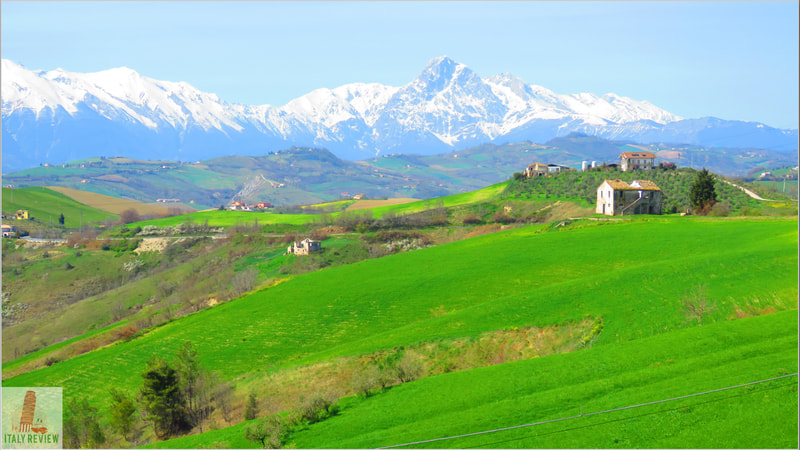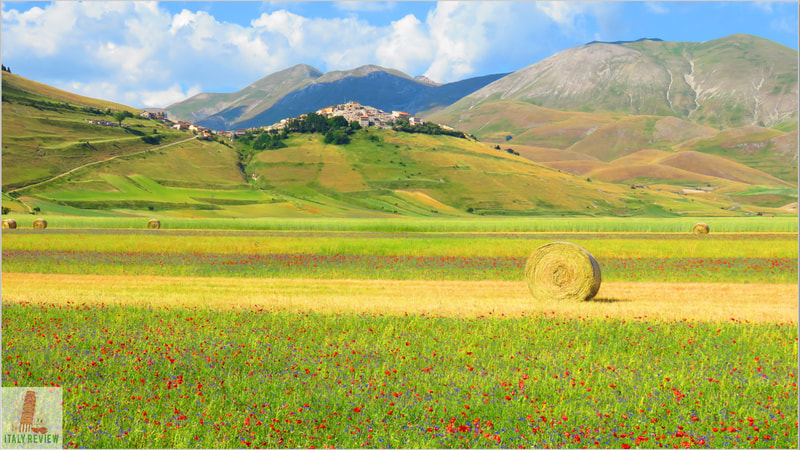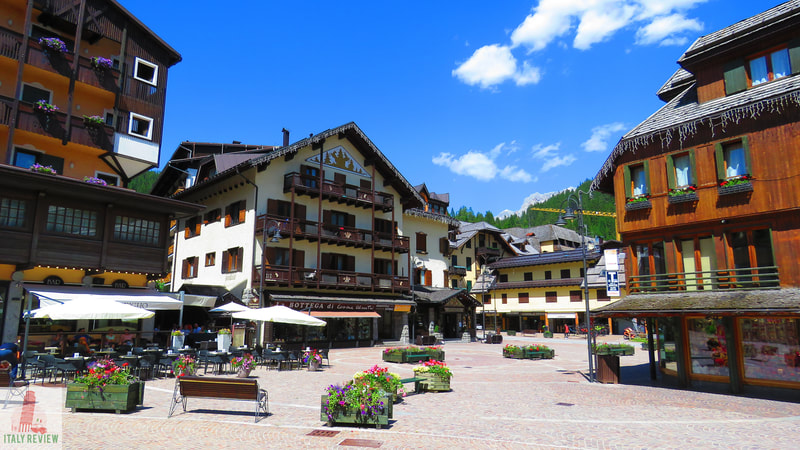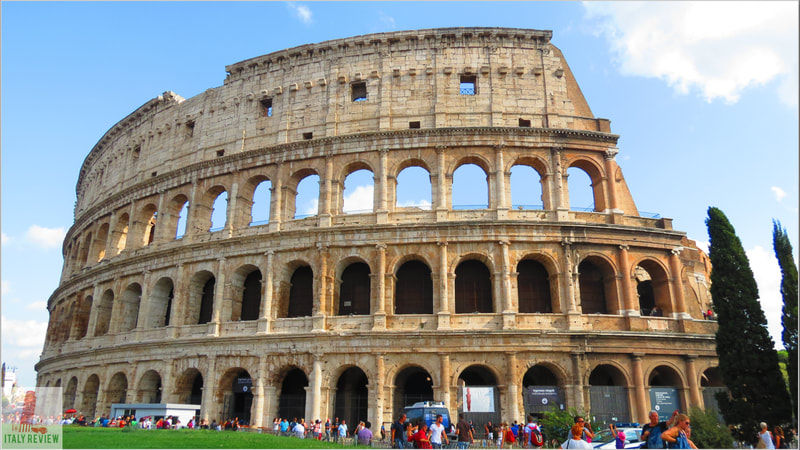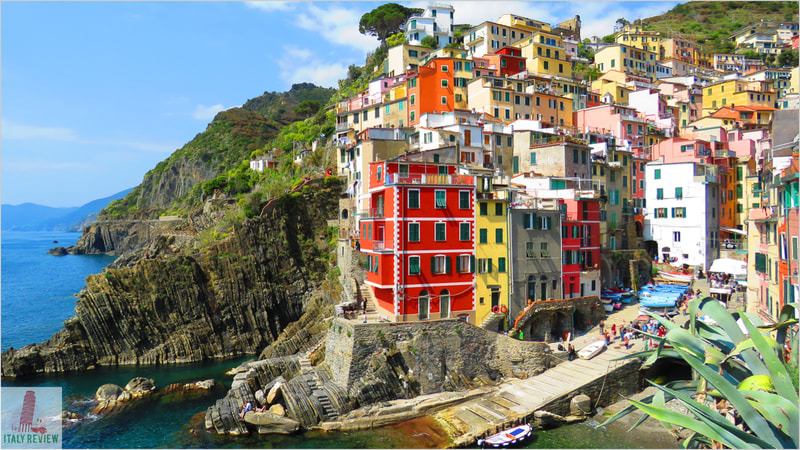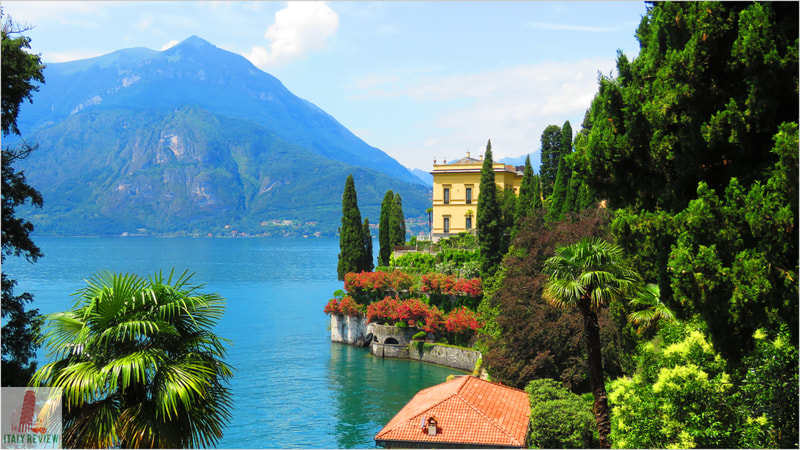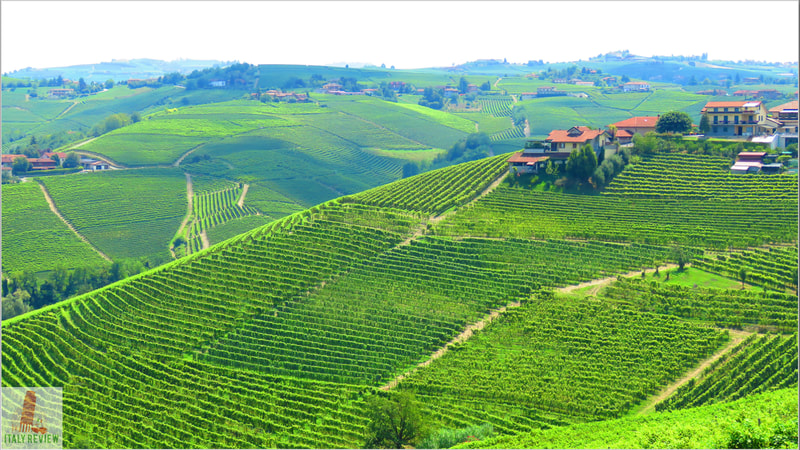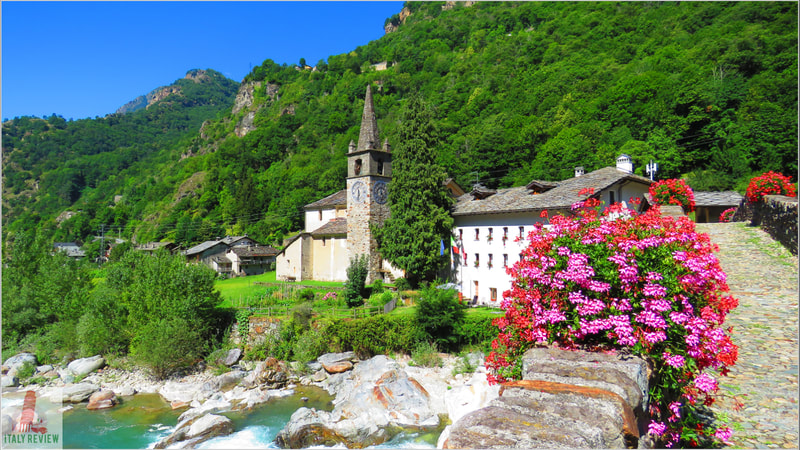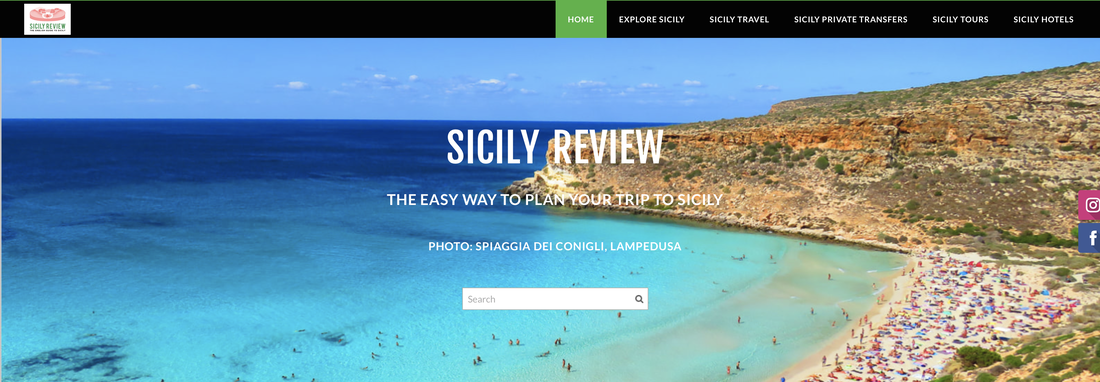Montepulciano
|
By Dion Protani
|
Latest update: 30 December 2023
|
|
The hill town of Montepulciano is situated within the Province of Siena, a distance of 116 kilometres south east of Florence, the regional capital of Tuscany. Standing at an elevation of 605 metres above sea level it has a population of around 14,000 residents.
One of the most revered hill towns in Italy, it's surrounded by some of the country's most beautiful scenery of rolling hills interspersed with vineyards. Along with Montepulciano's collection of Renaissance palazzi, the produce from those vineyards draws visitors in to try the town's famous Vino Nobile wine. |
Related links
Exploring Montepulciano: starting from Porta al Prato
Montepulciano is a hill town in every sense: not only is the town laid-out across the crest of a hill, but most of its streets are on hills themselves meaning some healthy energy levels are required for an effective visit.
Most visitors arrive at the northern end of Montepulciano where there are various car parks and the newer area of town. From here it's on foot, up the incline and underneath the Porta al Prato city gate which marks the beginning of the centro storico, the historic centre. As soon as you enter the centro storico the first enotecas selling the local wine appear on both sides of the street. I wonder how many day-trips to Montepulciano might have started and finished at this point once the wine started to take hold!
Montepulciano is a hill town in every sense: not only is the town laid-out across the crest of a hill, but most of its streets are on hills themselves meaning some healthy energy levels are required for an effective visit.
Most visitors arrive at the northern end of Montepulciano where there are various car parks and the newer area of town. From here it's on foot, up the incline and underneath the Porta al Prato city gate which marks the beginning of the centro storico, the historic centre. As soon as you enter the centro storico the first enotecas selling the local wine appear on both sides of the street. I wonder how many day-trips to Montepulciano might have started and finished at this point once the wine started to take hold!
Flying the Florentine Flag
If you manage to resist this first set of temptations then your head will be clear enough to take in the Colonna del Marzocco. Dating back to the 13th century, Montepulciano's allegiances flipped between the more powerful neighbours of Siena and Florence to the north of the town. After years of instability and political wrangling, Montepulciano finally nailed its colours to the mast of Florence, or more literally, to the symbol of Florence, the Marzocco heraldic lion which proudly sits on top of the column.
If you manage to resist this first set of temptations then your head will be clear enough to take in the Colonna del Marzocco. Dating back to the 13th century, Montepulciano's allegiances flipped between the more powerful neighbours of Siena and Florence to the north of the town. After years of instability and political wrangling, Montepulciano finally nailed its colours to the mast of Florence, or more literally, to the symbol of Florence, the Marzocco heraldic lion which proudly sits on top of the column.
Il Corso: Montepulciano's main thoroughfare
The main artery that runs from north to south through the middle of Montepulciano has several names but is colloquially known simply as Il Corso by the locals. As you turn right at the Colonna dei Marzocco, you ascend Il Corso, passing more restaurants and enotecas before reaching the large Chiesa di Sant'Agostino on your right.
Just in front of the church is one of the quirkiest sights in Montepulciano: a tower house with a clock on the top and a figure known as Pulcinella who strikes the clock on the hour. Pulcinella is what we refer to as Punch from Punch and Judy. The rather odd looking character is a distant relation of the iconic character from Naples of the same name.
The main artery that runs from north to south through the middle of Montepulciano has several names but is colloquially known simply as Il Corso by the locals. As you turn right at the Colonna dei Marzocco, you ascend Il Corso, passing more restaurants and enotecas before reaching the large Chiesa di Sant'Agostino on your right.
Just in front of the church is one of the quirkiest sights in Montepulciano: a tower house with a clock on the top and a figure known as Pulcinella who strikes the clock on the hour. Pulcinella is what we refer to as Punch from Punch and Judy. The rather odd looking character is a distant relation of the iconic character from Naples of the same name.
Around Piazza Grande
Il Corso continues its ascent through the town, passing some wonderful examples of Renaissance architecture along with dozens of shops, bars and restaurants. Simply continuing along this route, pleasant though it is, will see you missing out on the number one sight in the town: Piazza Grande.
In order to avoid the same mistake your author once made, take a right at the pedestrian intersection marked by the beautiful loggia which conceals some bank machines, followed by the first, sharp left on to Via del Poggiolo. This road continues to climb all the way up to Piazza Grande which is about 5 minutes away at this point.
Once you reach Piazza Grande you'll understand why it's rated as one of the most beautiful squares in Italy. Directly ahead is the facade of the 17th century Cattedrale di Santa Maria Assunta while looming most large over the Piazza is the tower of the Palazzo del Comune which you can climb for the very best views back down onto the town below and to the incredible scenery all around it.
Il Corso continues its ascent through the town, passing some wonderful examples of Renaissance architecture along with dozens of shops, bars and restaurants. Simply continuing along this route, pleasant though it is, will see you missing out on the number one sight in the town: Piazza Grande.
In order to avoid the same mistake your author once made, take a right at the pedestrian intersection marked by the beautiful loggia which conceals some bank machines, followed by the first, sharp left on to Via del Poggiolo. This road continues to climb all the way up to Piazza Grande which is about 5 minutes away at this point.
Once you reach Piazza Grande you'll understand why it's rated as one of the most beautiful squares in Italy. Directly ahead is the facade of the 17th century Cattedrale di Santa Maria Assunta while looming most large over the Piazza is the tower of the Palazzo del Comune which you can climb for the very best views back down onto the town below and to the incredible scenery all around it.
Further Sights of the Centro Storico
If you've got time, and depending on what kind of mood you're in, there's always the option of the Torture Museum along the road that leads south away from Piazza Grande. This same road, Via del Duomo eventually leads to the northern edge of the centro storico which is marked by another city gate: the Porta San Donato.
The most prominent building at this end of town is the Fortezza di Montepulciano which has a very pleasant garden just in front of it although the building itself is privately-owned.
If you've got time, and depending on what kind of mood you're in, there's always the option of the Torture Museum along the road that leads south away from Piazza Grande. This same road, Via del Duomo eventually leads to the northern edge of the centro storico which is marked by another city gate: the Porta San Donato.
The most prominent building at this end of town is the Fortezza di Montepulciano which has a very pleasant garden just in front of it although the building itself is privately-owned.
Close to Montepulciano
Montepulciano does have a train station but it's half way to Umbria, nine kilometres to the east of the town and therefore means you have to rely on local buses to get there. Trains run north-west from Montepulciano to Siena (1 hour 2 minutes) or south to Chiusi in 15 minutes.
With a car, Montepulciano is a great base from which to explore this quite wonderful area. A 15 minute drive west of Montepulciano brings you to one of Tuscany's signature hill towns and a UNESCO World Heritage Site to boot: Pienza, which in turn lies within the spectacular valley region of the Val d'Orcia with its patchwork fields and rolling landscapes studded with cypress trees the very essence of Tuscany.
A 25 minute drive east of Montepulciano gets you to the beautiful Lake Trasimeno with a number of lakeside towns such as Castiglione del Lago and Passignano sul Trasimeno, while at the centre of the lake are two islands that can be reached by ferry: Isola Maggiore and Isola Polvese.
Montepulciano does have a train station but it's half way to Umbria, nine kilometres to the east of the town and therefore means you have to rely on local buses to get there. Trains run north-west from Montepulciano to Siena (1 hour 2 minutes) or south to Chiusi in 15 minutes.
With a car, Montepulciano is a great base from which to explore this quite wonderful area. A 15 minute drive west of Montepulciano brings you to one of Tuscany's signature hill towns and a UNESCO World Heritage Site to boot: Pienza, which in turn lies within the spectacular valley region of the Val d'Orcia with its patchwork fields and rolling landscapes studded with cypress trees the very essence of Tuscany.
A 25 minute drive east of Montepulciano gets you to the beautiful Lake Trasimeno with a number of lakeside towns such as Castiglione del Lago and Passignano sul Trasimeno, while at the centre of the lake are two islands that can be reached by ferry: Isola Maggiore and Isola Polvese.
Comune di Montepulciano
|
Province: Siena
Region: Tuscany Population: 13,386 (source: ISTAT 1 January 2023) Total size: 165 km² Elevation: 605 metres Highlights: Piazza Grande, Palazzo del Comune, Vino Nobile Close by: Montefollonico, Val d'Orcia, Pienza, Chianciano Terme Recommended accommodation: Hotel I Due Cigni |

